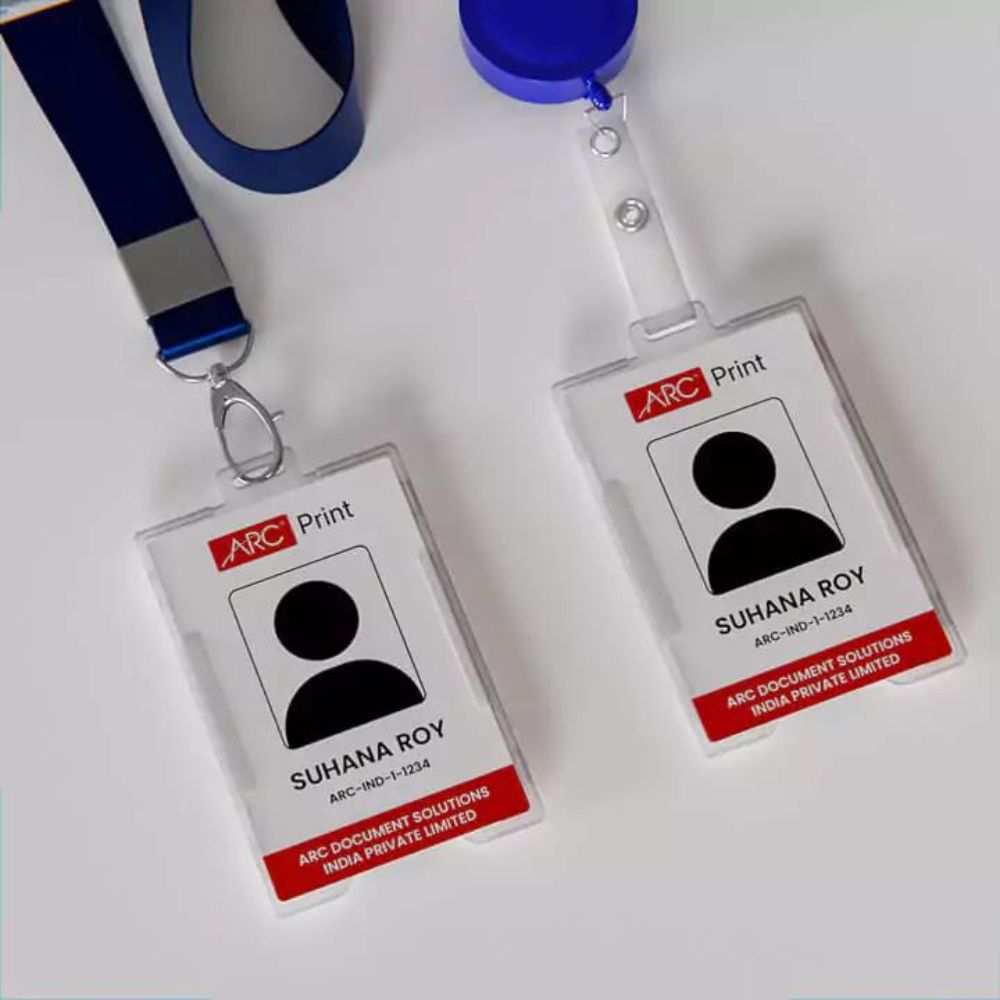Amidst rising apprehensions regarding security breaches and identity theft, organizations are continually exploring avenues to bolster their security measures. One such method gaining popularity is the utilization of advanced ID card printing techniques. These techniques go beyond traditional methods to offer heightened security features that safeguard both physical and digital assets. This article explores the various advanced ID card printing techniques available today and how they can be leveraged to maximize security in diverse environments.
Understanding the Importance of Secure Identification with ID Card Printing
Before delving into advanced ID card printing techniques, it’s crucial to understand the importance of secure identification in today’s world. Whether in corporate offices, government facilities, educational institutions, or healthcare settings, the need for reliable identification systems cannot be overstated. Secure ID cards serve as a primary means of authentication, granting access to restricted areas, sensitive information, and valuable assets. Moreover, they play a vital role in maintaining regulatory compliance and ensuring the safety of individuals within an organization.
Advanced ID Card Printing Techniques
1. Multi-layered Security Features
One of the hallmarks of advanced ID card printing techniques is the incorporation of multi-layered security features. These features may include holographic overlays, microtext printing, UV printing, and watermarking. By combining multiple security elements into a single ID card, organizations can create highly secure credentials that are difficult to replicate or tamper with. For instance, holographic overlays add a distinctive visual element to ID cards, making them instantly recognizable and resistant to counterfeiting.
2. Encoding Technologies
In addition to visible security features, advanced ID card printing techniques often involve encoding technologies such as magnetic stripes, barcodes, RFID (Radio Frequency Identification), and smart chips. These encoding technologies enable ID cards to store encrypted data, including personal information, access privileges, and biometric templates. By securely encoding sensitive data onto ID cards, organizations can strengthen access control measures and mitigate the risk of unauthorized access.
3. Customization Options
Another key aspect of advanced ID card printing is the ability to customize cards according to specific security requirements. Advanced printing technologies allow for the inclusion of variable data, such as photos, names, employee numbers, and expiration dates, directly onto ID cards. Furthermore, organizations can implement color coding, special symbols, or proprietary designs to differentiate between different access levels or departments. Customization not only enhances security but also reinforces brand identity and fosters a sense of belonging among cardholders.
Implementation Considerations
1. Integration with Access Control Systems
To fully maximize security, advanced ID card printing techniques should be seamlessly integrated with existing access control systems. This integration ensures that ID cards are effectively validated and authenticated at entry points, turnstiles, or electronic readers. Moreover, by leveraging biometric authentication in conjunction with ID cards, organizations can implement multi-factor authentication mechanisms for enhanced security.
2. Compliance with Industry Standards
When implementing advanced ID card printing techniques, organizations must ensure compliance with relevant industry standards and regulations. Depending on the sector and geographical location, there may be specific guidelines governing the design, encoding, and usage of ID cards. Adherence to these standards not only enhances security but also minimizes the risk of non-compliance penalties and legal repercussions.
3. Ongoing Maintenance and Upgrades
Security is an ongoing process that requires regular maintenance and upgrades to adapt to evolving threats and technological advancements. Organizations should establish protocols for routine ID card inspections, software updates, and staff training on security best practices. Furthermore, periodic assessments and audits can help identify vulnerabilities in the existing system and implement corrective measures proactively.
Conclusion
In an age where security concerns are paramount, advanced ID card and lanyard printing techniques offer a comprehensive solution for organizations seeking to maximize security. By incorporating multi-layered security features, encoding technologies, and customization options, organizations can create highly secure ID cards that serve as effective tools for access control and authentication. However, successful implementation requires careful consideration of integration, compliance, and ongoing maintenance. By prioritizing security and leveraging advanced ID card printing techniques, organizations can mitigate risks, protect assets, and safeguard individuals in today’s increasingly complex security landscape.
